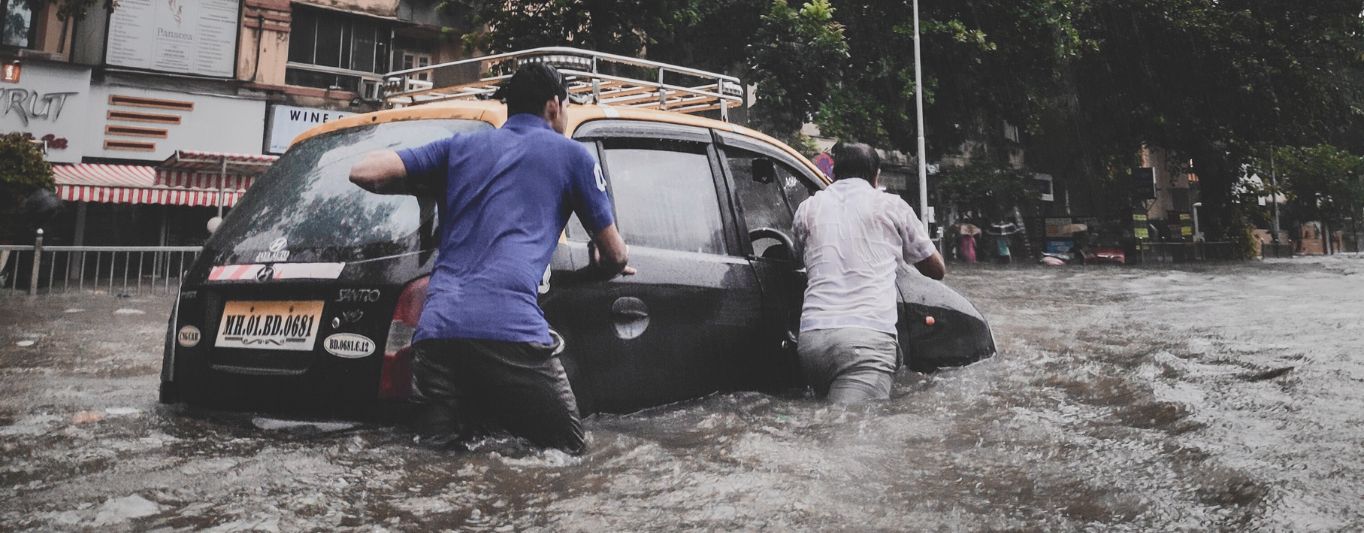Countries facing spiralling debt and disaster crises need better and faster climate and development financing. Here’s how a proposal from Barbados could unlock trillions for those on the frontline.
Despite the striking impact of climate change being evident globally, the reality is that the magnitude of damage is felt much more deeply by lower and middle-income countries. For some countries, the financial strain from climate change, coupled with pre-existing debt, has grown increasingly unsustainable.
In September 2022, Mia Mottley, the Prime Minister of Barbados, set out a bold vision for a financial system that recognises the urgent need to tackle the climate crisis. A crucial element of this proposal involves a particular type of debt agreement applicable in the event of natural disasters. This agreement would enable countries to suspend all debt payments for up to two years, creating fiscal leeway for recovery efforts.
The UN reports that nearly half of low-income countries currently experiencing or at high risk of debt distress are also highly vulnerable to the effects of climate change. Yet, these countries are also forced to spend five times more on debt repayments than on addressing climate change’s impact.
”America’s summer of floods and Europe’s scorching summer will focus the mind for a moment but will not trouble annual National Income statistics. The intensification of tropical cyclones means that some small island tropical states have lost 200 per cent of national income in a few hours.
Avinash PersaudBarbados’ Special Envoy for Climate Finance

Angelica in front of what was once her home in Mozambique. Her house was entirely destroyed by Cyclone Idai in 2019. © European Union/Christian Jepsen via Flickr
How special debt clauses help countries bounce back
By temporarily halting debt payments, countries can allocate more resources towards post-disaster recovery without immediate financial stress. It’s akin to pressing a “pause” button on debt repayment, allowing governments to focus on rebuilding their communities. While these special debt clauses do not solve long-term financial challenges or debt sustainability, they offer temporary relief enabling countries to initiate recovery efforts.
Unlike insurance policies, these special debt clauses do not incur losses to lenders in the event of a natural disaster. They are designed to be financially neutral concerning net present value. When an independent agency declares a natural disaster that meets a certain threshold, the clause permits a two-year suspension of debt payments. The maturity of the debt instrument is then extended for an additional two years with the original interest rate. This provision automatically provides significant liquidity precisely when countries most require it, avoiding the costs tied to crisis liquidity, conditional arrangements, or escalating debt levels.
Had all developing countries incorporated these special debt clauses into their sovereign debts during the pandemic, a staggering one trillion dollars of liquidity could have been released. This could have been channelled towards addressing various urgent needs, such as healthcare and employment protection schemes.
Lessons from Barbados
In Barbados, such a clause could represent 18% of the country’s GDP – a significant sum unlikely to be provided by other entities post-disaster. In comparison, contingent credit lines offered by Multilateral Development Banks (MDBs), usually associated with eligibility criteria and restrictions on fund usage, typically cap at 2% of a nation’s GDP, creating further debt burdens.
”“There is no amount of insurance money, no amount of aid that is going to be able to supplement the needs of a country in the fighting of a major disaster. There is no country, no company, that will give us the equivalent of 18% of GDP should a disaster happen.”
Mia MottleyPrime Minister of Barbados





